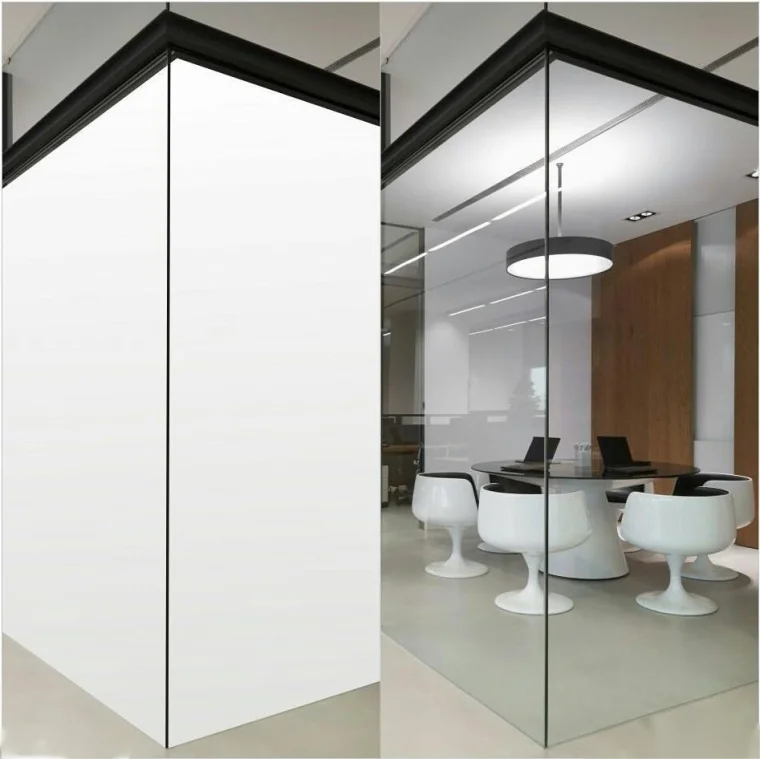When it comes to cladding, finding the most affordable yet reliable options can be a daunting task. In this blog post, we will explore the concept of "cheapest cladding" and delve into various industry-specific knowledge to provide you with a comprehensive understanding of cost-effective cladding solutions. From traditional materials to innovative alternatives, we will uncover the secrets behind achieving high-quality cladding on a budget.
- Understanding Cladding:
Cladding refers to the process of covering a building's exterior with a protective layer, enhancing its aesthetics, durability, and insulation. It serves as a shield against weather elements, while also adding character and value to the structure. - Traditional Cladding Materials:
a) Vinyl Cladding: Vinyl cladding is a popular choice due to its affordability and low maintenance requirements. It offers excellent insulation properties, is resistant to rot and pests, and comes in a variety of colors and textures.
b) Fiber Cement Cladding: Fiber cement cladding is a cost-effective alternative to traditional timber cladding. It is durable, fire-resistant, and requires minimal upkeep. Additionally, it can mimic the appearance of wood, brick, or stone. - Innovative Cladding Solutions:
a) Recycled Materials: Utilizing recycled materials for cladding not only reduces costs but also contributes to sustainable construction practices. Recycled plastic, metal, or composite materials offer durability and a unique aesthetic appeal.
b) Engineered Wood: Engineered wood products, such as oriented strand board (OSB) or plywood, provide a cost-effective alternative to solid wood cladding. These materials offer improved stability, resistance to moisture, and can be easily painted or stained. - Cost-Effective Installation Techniques:
a) Prefabricated Cladding Systems: Prefabricated cladding systems are pre-made panels that can be quickly installed, reducing labor costs and time. These systems often incorporate insulation, further enhancing energy efficiency.
b) DIY Cladding: For those with the necessary skills and time, DIY cladding can significantly reduce costs. However, it is crucial to ensure proper research, planning, and adherence to building codes to achieve a professional finish. - Considerations for Cost-Effective Cladding:
a) Long-Term Maintenance: While initial costs are important, considering long-term maintenance expenses is equally crucial. Opting for durable materials that require minimal upkeep can save money in the long run.
b) Energy Efficiency: Investing in cladding with excellent insulation properties can lead to significant energy savings over time, reducing heating and cooling expenses.
Conclusion:
Finding the cheapest cladding options involves a careful balance between cost, quality, and aesthetics. By exploring traditional materials, innovative solutions, and cost-effective installation techniques, you can achieve high-quality cladding without breaking the bank. Remember to consider long-term maintenance and energy efficiency to make an informed decision. Embrace the world of affordable cladding and transform your building's exterior with style and savings.



